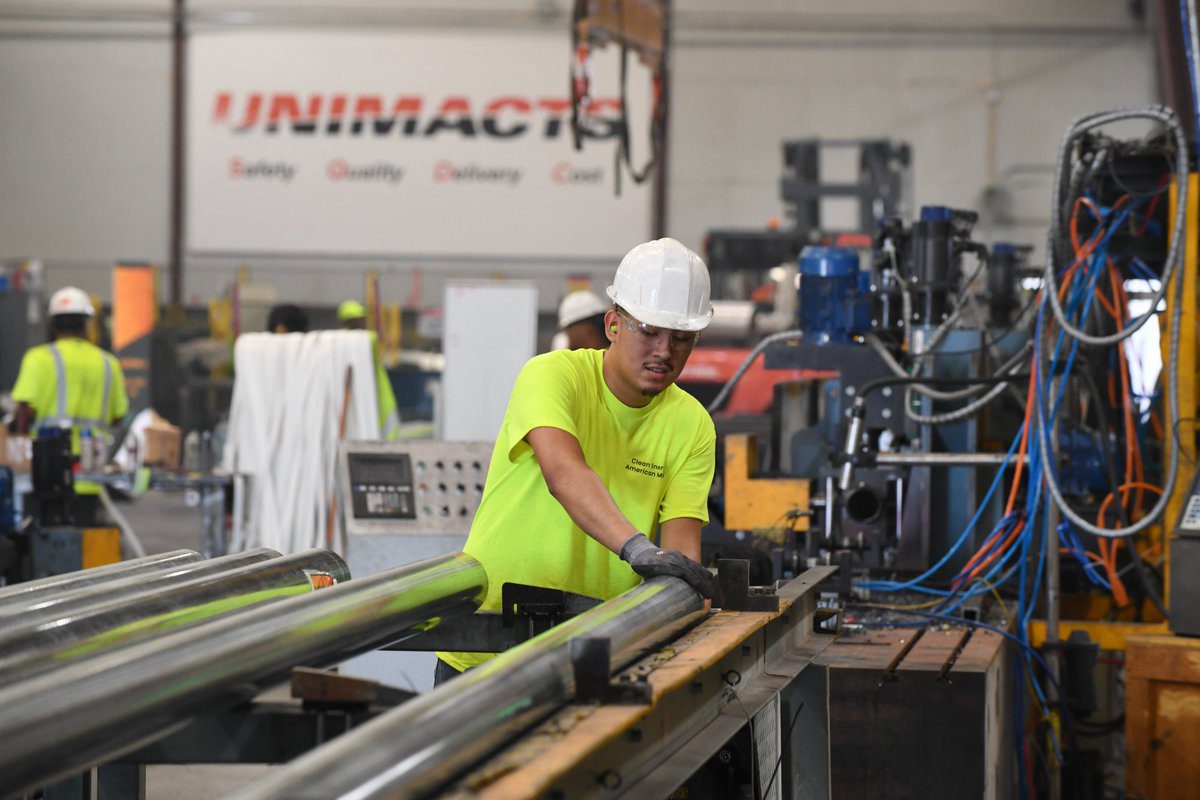At the end of September, the National Clean Energy Week Policymakers Symposium saw legislators, government officials, and industry representatives discuss some of the country’s most pressing clean energy topics. A lot of time was spent reflecting on the respective roles that the government and businesses have played in this transition. Particularly key in fueling domestic manufacturing, for example, was the passage of the CHIPS and Science Act, Infrastructure Investment and Jobs Act (IIJA), and the Inflation Reduction Act (IRA).
Abigail Ross Hopper, president and CEO of Solar Energy Industries Association (SEIA), reflected on the problems in the clean energy supply chain that led to these pieces of legislation with so much emphasis on domestic manufacturing.
“Business decided this is an intensely inefficient way. We have way too much risk in our supply chain — there’s political risk, there’s practical risk, there’s transport risk, there’s COVID risk — and bringing it home makes a lot more sense,” Hopper said on a panel. “But bringing it home, as you all know, does not just happen because we wish it were so … It did take a very concerted effort, a clear vision, and a lot of technical expertise to figure out.”

Photo Courtesy Solar Energy Industries Association
As a result of this more friendly legislative landscape, investments have flowed into clean energy projects. Hopper noted that members of the SEIA have announced 60 new or expanded solar and storage manufacturing facilities over the course of the past year.
Other renewables are also in the race, of course. Constellation Energy is focused on advancing hydrogen to meet a U.S. Department of Energy (DOE) goal of 10 million metric tonnes by 2030.
“There’s a lot of places in the economy that are hard to decarbonize,” Dan Eggers, Constellation Energy executive vice president and CFO, explained. “There aren’t a lot of good paths to getting there. Clean hydrogen is one of the ways to accomplish that.”
Constellation has invested $3.5 billion since the IRA was passed, including a $900 million facility in Illinois, which will be the biggest nuclear-powered clean hydrogen plant worldwide.
It is part of the Midwest Alliance for Clean Hydrogen (MachH2) hub, which received $1 billion in IIJA funding from the DOE in mid-October.
Amogy, meanwhile, is using ammonia as a power source to fuel ships, heavy-duty transportation, and hydrogen generation. Seonghoon Woo, founding CEO, sees an immense need for the maritime sector, particularly because “the experts are actually expecting 10% of greenhouse emissions can be coming from maritime shipping in 2050 if we are not taking action today.”
The company recently announced a new $40 million expansion of its Houston, TX, manufacturing plant and is in the process of developing a zero-emission, mega-scale tugboat, following a previously displayed drone, tractor, and semi-truck.

Photo Courtesy Amogy
On the electricity front, Jeannie Salo, vice president for government relations at Schneider Electric, noted that her company has invested $300 million in manufacturing in the U.S. over the last several years. The most recent development was the September ribbon cutting for a plant in El Paso, TX, its biggest in the U.S. It will create more than 350 jobs and produce components essential for electrification.
Invenergy, meanwhile, is placing heavy emphasis on transmission, facilitated by initiatives like the Transmission Facilitation Program in the IIJA.
Andrew Wills, senior vice president for federal affairs, described the importance of one of their biggest projects, the $7 billion, 780-mile-long Grain Belt Express Project, which has been in the works for many years.
“Not only does it allow states like Kansas that are on one end of the line to build great clean power and great new energy projects … but it also provides that reliability benefit being a bi-directional transmission line, meaning that if you have an energy emergency on this side of the country, the other side of the country can help,” Wills said.
On Oct. 12, the project received regulatory approval for phase one from the Missouri Public Service Commission. Because 80% of the climate benefits of the IRA will not come to fruition without an expansion of transmission, this is a huge deal.

Photo Courtesy Invenergy
Energy storage is also an important piece of the puzzle. Fueled by the IRA, ESS, Inc. recently made a deal with Honeywell to develop iron flow battery energy storage systems, in addition to receiving a $27.5 million investment and $300 million purchase commitment from the multinational manufacturing and technology company.
“To really have an impact, you’ve got to do things at scale,” Eric Dresselhuys, ESS Inc. CEO, said. “It’s cute to pull off a science trick. It’s cool to do it at a massive scale and take gigatons of carbon out of the system.”
Speaking of which, direct air capture is an essential element of reaching our net-zero goals. The IRA provided $3.5 billion for direct air capture regional hubs, with two awardees so far in Louisiana and Texas, in addition to “turbocharging” the 45Q tax credit.
Companies like CarbonCapture Inc. are responding. It is developing Project Bison in Wyoming with an expected five megatons of carbon capture capacity.
Plus, Amazon’s Climate Pledge Fund recently made an equity investment in the startup, and they are collaborating to provide 100,000 tons of carbon removal credits to other companies in Amazon’s orbit.
And there is more around the corner. “DOE is talking about abridging and doing early projects,” Adrian Corless, Carbon Capture Inc. CEO and CTO, noted. “So, this sort of idea of millions of tons, a billion-dollar project, is great, but what about something a little bit smaller to start? So, I think there’s hope that we’re gonna get some pilot-level funding as well.”

Photo Courtesy CarbonCapture, Inc.





